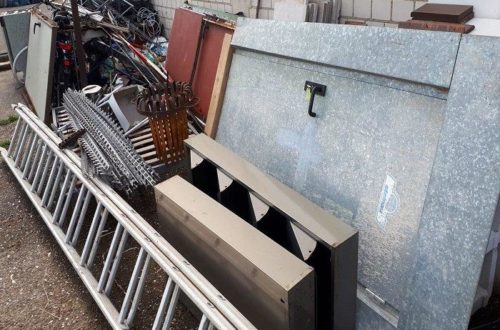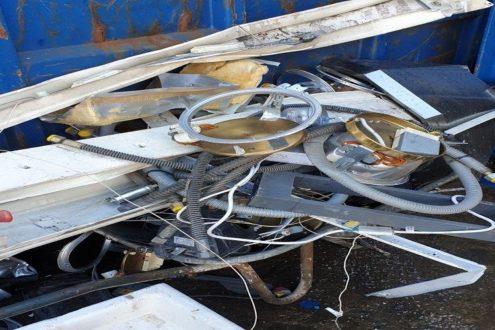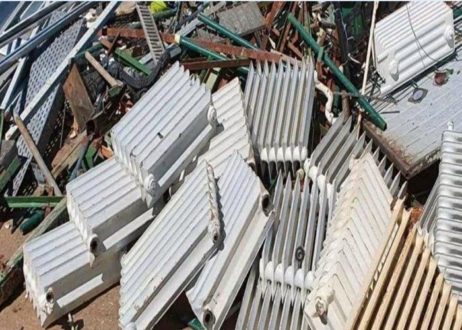Sustainable data centres with the DCMM
The DCMM is based on the CLC/TS 50600-5-1 European standard for data centre facilities and infrastructures. This part of the standard describes the establishment and use of a Data Centre Maturity Model (DCMM) to develop and implement a dedicated sustainability strategy. “While existing ISO standards on energy and environmental management take a general approach, the DCMM specifies the requirements and actions for data centres”, says Thomas Grüschow, data centre expert at TÜV SÜD.
The areas of activity addressed by the CLC/TS 50600-5-1 include energy efficiency, re-use of waste heat and water consumption, greenhouse gas emissions and aspects of circular economy. The specification is based on the Technical Reports TR 50600-99-1 and TR 50600-99-2 on energy management and environmental sustainability implementation and the EU Code of Conduct for Data Centre Energy Efficiency. In addition, the version as amended in December 2023 takes the current audit scheme of the EU taxonomy into consideration.
Maturity levels – a major advantage
“The DCMM is the strategic basis for the step-by-step improvement of environmental sustainability”, explains Grüschow. “This allows us to evaluate the entire management and reporting, the building infrastructure, power supply and distribution and cooling.” For example, one of the requirements of the DCMM is, that data centres take steps to ensure that their waste heat is re-used either in their own facilities, at lower level of maturity, or in external facilities, at higher levels. It also specifies that components should be used for as long as possible and be re-usable or recyclable. Assessment of the maturity levels also considers IT equipment such as computer, storage, network and software.
“The five maturity levels are a major advantage of the DCMM”, says Gerhard Klein, Head of Department Risk Management & Technical Due Diligence at TÜV SÜD. Based on these levels, the model also rewards partial success by allowing direct documentation of energy efficiency and sustainability improvements made at each level. “The DCMM not only enables operators to review their status quo, but also provides them with a focused strategy for reaching the next level”, emphasizes Klein. “In addition to these benefits, the DCMM provides greater transparency, which also benefits data center users.”
Data centres are operational over several years, usually 24/7, and are therefore highly energy-intensive. In 2021 alone, they consumed more than 30 billion kilowatt-hours of energy worldwide. Some data centres require large amounts of water for their cooling systems, which can lead to shortages and sustainability issues in some locations. The large number of IT equipment and electronic devices ties up valuable raw materials, that should be managed efficiently in a circular economy and ultimately recycled in a targeted manner.
Further information about TÜV SÜD’s services for data centres can be found at https://www.tuvsud.com/data_centres.
Founded in 1866 as a steam boiler inspection association, the TÜV SÜD Group has evolved into a global enterprise. More than 26,000 employees work at over 1.000 locations in about 50 countries to continually improve technology, systems and expertise. They contribute significantly to making technical innovations such as Industry 4.0, autonomous driving and renewable energy safe and reliable. tuvsud.com
TÜV SÜD AG
Westendstraße 199
80686 München
Telefon: +49 (89) 5791-0
Telefax: +49 (89) 5791-1551
http://www.tuvsud.com/de
Pressesprecher
Telefon: +49 (89) 5791-2372
Fax: +49 (89) 5791-2269
E-Mail: thomas.oberst@tuvsud.com
![]()




